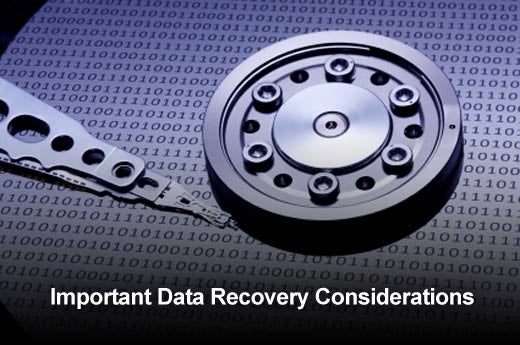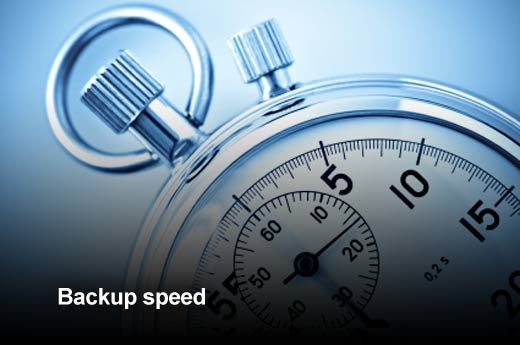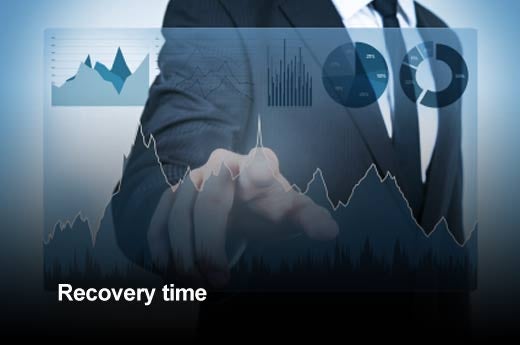All enterprises need reliable, efficient data protection and recovery – it is fundamental to business survival. In recent years, mid-sized businesses and distributed enterprises have been largely underserved by data protection hardware due to its high cost at a time when enterprises struggle to keep up with the rising tide of data. While hiring a full-time resource dedicated to managing data backup may not be feasible for small and medium enterprises (SMEs), many software packages, appliances, target arrays and services provide comprehensive data protection and recovery. Mason Swenson, product marketing manager for Imation’s Nexsan solutions, offers five important considerations specifically for SMEs when evaluating their data protection needs and plan.
Click through for five important considerations when evaluating an organization’s data protection needs, as identified by Mason Swenson, product marketing manager for Imation’s Nexsan solutions.
How quickly and efficiently can data be backed up? When an appliance is first added to the system, the first complete backup will take some time. However, once the first backup is complete, updates should take only a few minutes each day, and be virtually unnoticed by end users on the network, assuming business-grade network connectivity is in place. If a slow backup causes a general network slowdown for end users, IT might be forced to suspend backups, completely derailing the data protection plan.
Backup speed is important but recovery speed is where the data protection plan proves its worth. In the event of a system crash or disaster, how fast can critical data be recovered and accessed? Businesses should establish a recovery time objective (RTO) and a recovery point objective (RPO). RTO is the time by which a business process must be restored after a disaster or disruption to avoid unacceptable consequences of a break in business continuity. RPO is essentially the minimum frequency of backups – which translates to the amount of time and data that would be acceptable to lose in the event of a disaster.
By establishing an RTO and RPO, a business can maximize business continuity by creating a tiered data protection system that ensures the least possible loss of the most important data.
How reliable is your backup and recovery ecosystem? Once you define the strategy, it is critical to implement that strategy on an infrastructure you can trust. By ensuring both best practices and high-quality, reputable storage hardware and software systems, the organization can be confident that backed up data will be there when it needs to be recovered.
If the data protection strategy and systems are not easy to implement, you risk mistakes or missed backups at critical times. Additionally, ease of use and management capabilities are critical for evaluating long-term resources necessary to maintain an effective strategy, especially when IT resources are limited or outsourced. While some technology platforms may be more affordable, an administrator’s time to monitor could add significantly to cost. Look for solutions that enable storage administrators to set policies so that backups run seamlessly without much need for interaction.
What is the cost – not just to acquire, but also to operate? Key total cost of ownership (TCO) considerations include energy efficiency, maintenance, and scaling up the system to manage data growth. A tiered storage strategy is critical here. Tying storage system performance and cost to the value of the data, and quickly moving fixed content and other non-production information onto reliable, lower cost systems will help manage cost while delivering on the access level and recovery time objectives required.








